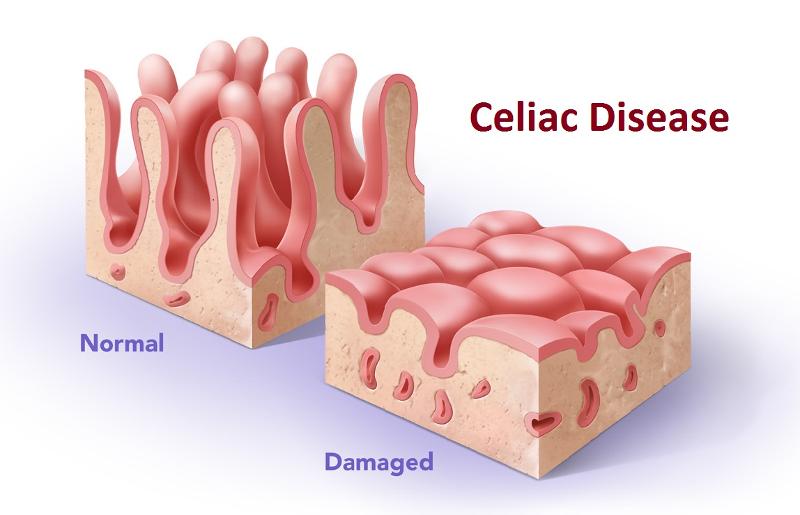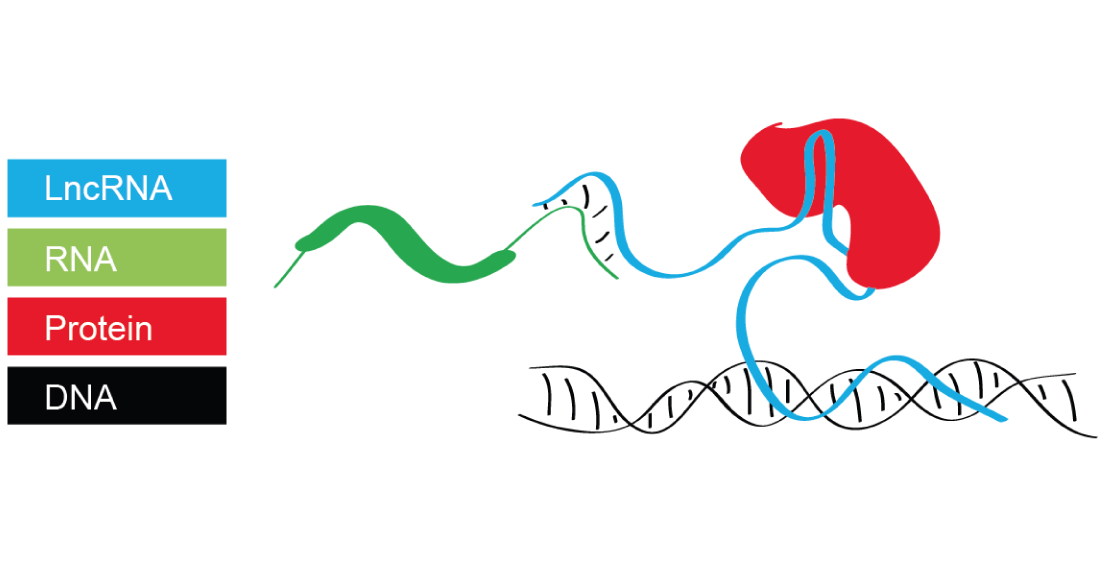Cryptorchidism is as common as type 2 diabetes or celiac disease. Boys with congenital cryptorchidism are atincreased risk of infertility and testicular cancer. Zika syndrome, which affects pregnant women, is associated with ahigh incidence of undescended testes in the infant, accompanied by epididymal anomalies. Zika and influenza virusinfections during pregnancy trigger a strong anti-inflammatory immune response and elevated estradiol levels.Elevated estradiol and α-fetoprotein in syncytiotrophoblasts from women who have given birth to cryptorchid boysare indicative of increased estradiol levels in the fetus. Here, I present a hypothesis that hypogonadotropichypogonadism, cryptorchidism, and retarded epididymal development may be due to elevated fetal estradiol levelscaused by viral infection during pregnancy. Download complete article
Category: News
Intestinal biopsy is not always required to diagnose celiac disease: a retrospective analysis of combined antibody tests
There is no single test — not even jejunal biopsy — that can conclusively diagnose or exclude CD in every individual. Therefore, we propose the following two-step diagnostic procedure: The first step is the combined,simultaneous determination of IgA anti-dpgli and IgGanti-dpgli + IgA anti-tTG and/or EMA. The vast majority of patients will have either three positive or three negative results, obviating the need for a biopsy. The second step, jejunal biopsy, should be performed only in patients with discordant antibody results (i.e., in patients whose CD status cannot be classified by antibody tests alone). In any case, effects of a gluten-free diet must be controlled.
Download complete article
Testicular expression of long non–coding RNAs is affected by curative GnRHa treatment of cryptorchidism
Background: Cryptorchidism is a frequent endocrinopathy in boys that has been associated with an increased riskof developing testicular cancer and infertility. The condition is curable by combined surgery and hormonaltreatment during early pre-pubertal stages using gonadotropin releasing hormone agonist (GnRHa). However,whether the treatment also alters the expression of testicular long non-coding RNAs (lncRNAs) is unknown. To gaininsight into the effect of GnRHa on testicular lncRNA levels, we re-analyzed an expression dataset generated fromtesticular biopsies obtained during orchidopexy for bilateral cryptorchidism.Results: We identified EGFR-AS1, Linc-ROR, LINC00221, LINC00261, LINC00282, LINC00293, LINC00303, LINC00898,LINC00994, LINC01121, LINC01553, and MTOR-AS1 as potentially relevant for the stimulation of cell proliferationmediated by GnRHa based on their direct or indirect association with rapidly dividing cells in normal andpathological tissues. Surgery alone failed to alter the expression of these transcripts.Conclusion: Given that lncRNAs can cooperate with chromatin-modifying enzymes to promote epigeneticregulation of genes, GnRHa treatment may act as a surrogate for mini-puberty by triggering the differentiation ofAd spermatogonia via lncRNA-mediated epigenetic effects. Our work provides additional molecular evidence that infertility and azoosper
Download complete article



